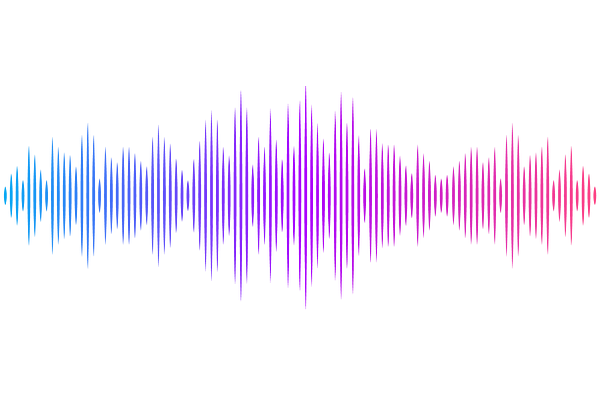Changes in responses of auditory cortex neurons upon falling asleep and awakening

Changes in responses of auditory cortex neurons upon falling asleep and awakening
Marmelshtein, A.; Lavy, B.; Hadad, B.; Nir, Y.
AbstractThe neural processes accompanying the process of falling asleep are only partially understood. At the cortical level, previous studies have shed light on aspects of both spontaneous neural activity and sensory responses that change between wakefulness and sleep across species. For example, sleep-related changes in early auditory cortex include reduction in spontaneous firing rates, increases in the occurrence of post-onset silent (OFF) periods, and elevated population synchrony. However, it remains unknown whether changes occur abruptly around behavioral state transitions of sleep onset and awakening. Here, we recorded spontaneous and sound-evoked neuronal spiking activity in early auditory cortex along with polysomnography during thousands of episodes when rats fell asleep or woke up. We found that when falling asleep, stimulus-induced neuronal silent periods (OFF periods), characteristic of non-rapid eye movement (NREM) sleep, increased within few seconds around sleep onset. Moderate reductions in spontaneous firing rate also occurred within seconds. By contrast, an increase in neuronal population synchrony built up gradually over dozens of seconds until reaching maximal levels. Similar effects, but with opposite direction, were observed around awakenings when stimulus-induced silent periods were suppressed within few seconds. The results highlight stimulus-induced neuronal silence as a key indicator of transitions between vigilance states. More generally, these findings emphasize the added value of going beyond monitoring ongoing activity and perturbing the nervous system to reveal its state - an insight that could also help guide development of more sensitive non-invasive monitors of falling asleep in humans.